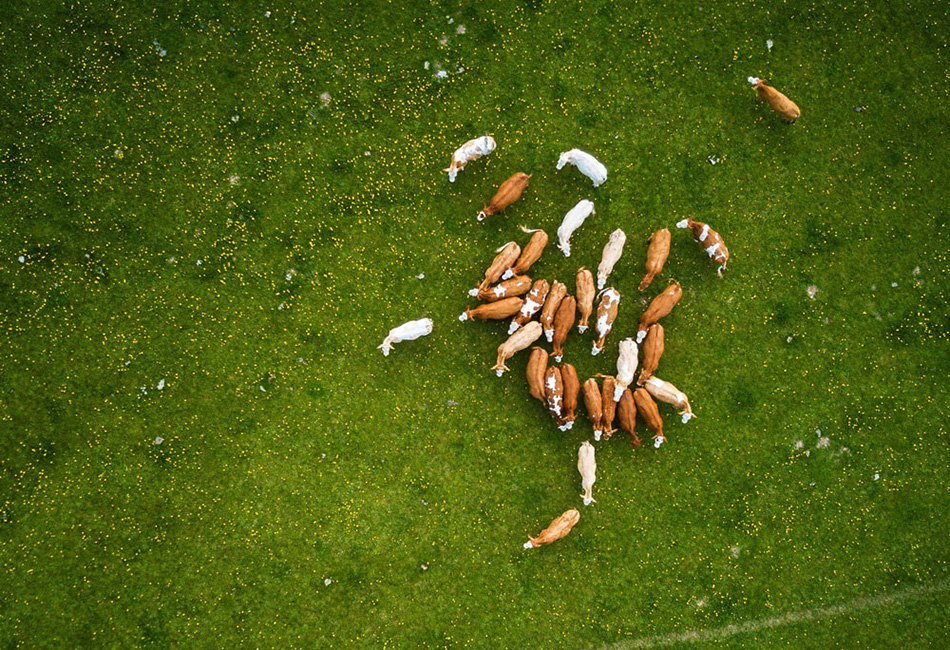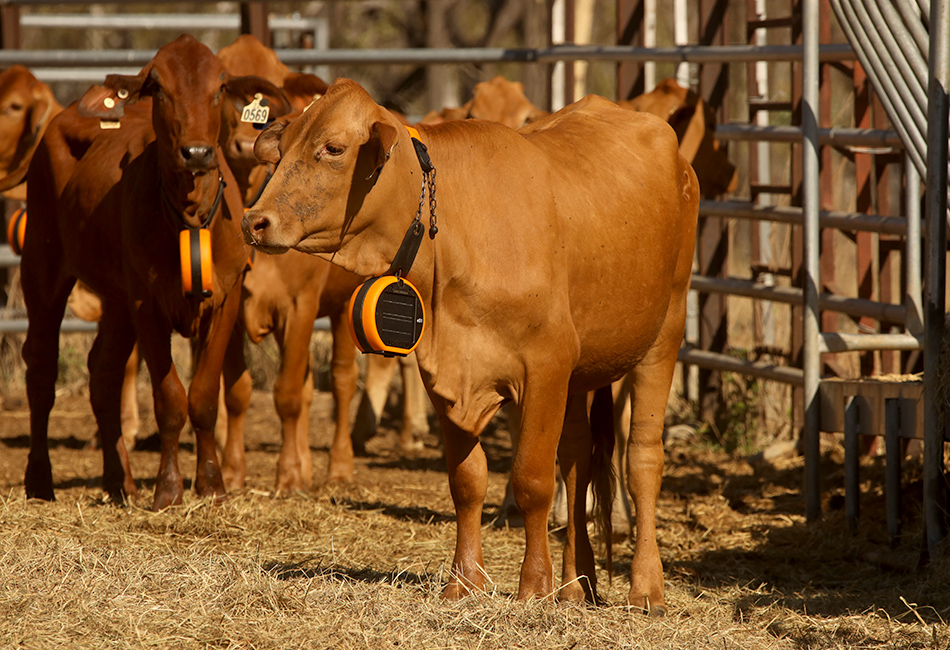Trialling technology that helps build grazing drought resilience

NQ Dry Tropics has been awarded a Future Drought Fund grant to conduct a five-year trial into testing the efficacy of drought resilient grazing strategies in the Burdekin region.
The Virtually Fence Free project will use virtual fencing technology, informed by a range of monitoring strategies including walkover weighing systems, fecal NIRS testing and land condition monitoring, to determine the most drought-resilient grazing systems and pasture varieties to maximise production and welfare, while reducing landscape vulnerability to deteriorating conditions.
NQ Dry Tropics will lead a consortium of industry leaders and scientists, and will seek ongoing input from local Burdekin graziers to ensure the trial meets the specific needs of northern rangeland cattle producers.
This trial will determine the effectiveness of the eShepherd virtual fencing collar as a tool to help graziers improve drought resilience by determining and building confidence in best-practice grazing land management strategies. This collar gives graziers the ability to monitor and control cattle movement remotely in real time, helping them make earlier, better-informed management decisions leading to healthier livestock, and pastures more able to respond when drought breaks.
Adopting the eShepherd virtual fencing collar could enable graziers to:
-
- reduce mustering and fencing costs;
- improve pasture condition through rapid implementation of adaptive, fine-scale controlled grazing management strategies;
- improve pasture production through remotely and instantly modifying digital paddock boundaries;
- remotely ‘draft’ cattle class in a low-stress fashion without a muster, and redirect high needs cattle class to better pasture, thereby reducing mortality rates;
- rest and protect sensitive landscapes and vulnerable areas of bare soil from cattle impact; and
- use pasture more effectively.
The collars’ inbuilt accelerometers and telemetry will enable a wealth of information to be collected and analysed. Telemetric data for individual cattle, in conjunction with fecal NIRS, weigh-ins at two or three monthly intervals and land condition assessment, will determine how preferential grazing patterns under various conditions impact cattle health and weight.
This will better inform graziers on the needs of various cattle classes, and the best time to rotate cattle to minimise potential for condition loss.
The trial will be delivered in partnership with the Department of Agriculture and Fisheries (DAF) at Spyglass Beef Research Facility in the Upper Burdekin, featuring a range of land types typical of the Burdekin region. Spyglass has no mobile connectivity, so this will be a chance to test whether Starlink broadband Internet can support adoption of agtech in remote areas, where poor connectivity prevents wider uptake.
Grazing rotation strategy and stocking rate will be determined by a consortium including locally-based farmers, NQ Dry Tropics and DAF extension staff with seasonal climate outlooks provided by the North Australian Climate Program.
This demonstration will help shape large-scale adoption of identified drought resilient grazing strategies across all remote Northern Australian grazing properties.
Update from Project Manager Marc McConnell.


